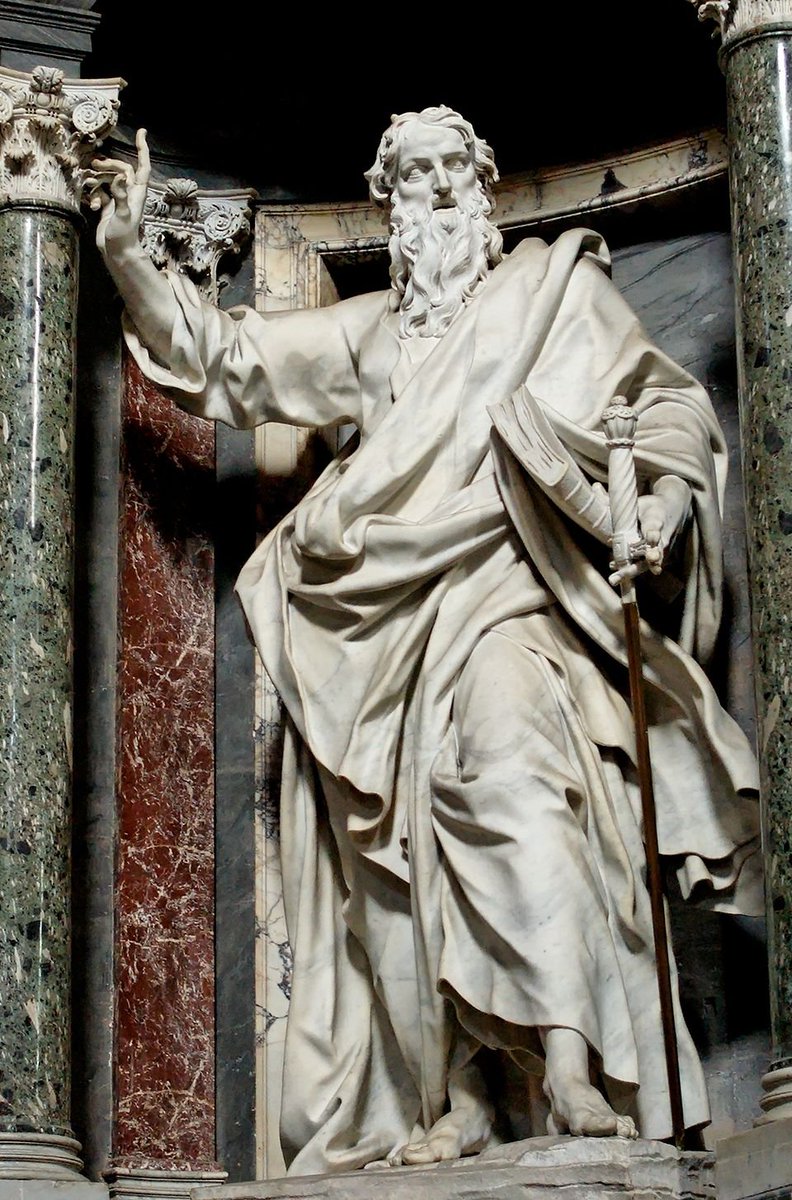Imagine a room so dazzling it once captivated emperors and was dubbed the "Eighth Wonder of the World."
Chances are you never heard of it, but even worse, it vanished without a trace. 🧵⤵️
Chances are you never heard of it, but even worse, it vanished without a trace. 🧵⤵️

Considered by some the “Eighth Wonder of the World,” the Amber room was a stunning creation made from six tons of amber and decorated with gold leaf, mirrors, and mosaics.
Originally crafted for the Prussian King in 1701, it was designed to dazzle.
Originally crafted for the Prussian King in 1701, it was designed to dazzle.

The Amber Room’s story took a dramatic turn when it was gifted in 1716 to Russia’s Peter the Great, symbolizing a strong alliance with Prussia against Sweden.
Transported to Russia in 18 large crates, the room eventually found a grand home in St. Petersburg.
Transported to Russia in 18 large crates, the room eventually found a grand home in St. Petersburg.

After being transferred to the Catherine Palace, Italian architect Francesco Bartolomeo Rastrelli expanded the Amber Room to match its larger setting.
The additions made it a 180-square-foot masterpiece, unmatched in opulence and beauty.
The additions made it a 180-square-foot masterpiece, unmatched in opulence and beauty.
In its prime, the Amber Room was worth a staggering $176 million in today’s terms.
It wasn’t just a room but a private retreat for Czarina Elizabeth, a gathering space for Catherine the Great, and a cherished piece for Alexander II.
It wasn’t just a room but a private retreat for Czarina Elizabeth, a gathering space for Catherine the Great, and a cherished piece for Alexander II.

Few outside the Russian court ever glimpsed the Amber Room, yet its fame spread like wildfire across Europe.
It became a symbol of Imperial Russia’s grandeur and excess, a room so lavish that it embodied the very decadence of the empire.
It became a symbol of Imperial Russia’s grandeur and excess, a room so lavish that it embodied the very decadence of the empire.

Remarkably, it endured even as revolution swept through Russia; while other symbols of the old regime were torn down, the Amber Room’s beauty protected it.
Unlike the destruction that marked China's Cultural Revolution, the Soviet rulers saw it as more than just a relic of the past.
They recognized its unmatched artistry and left it untouched, a rare gem preserved amid the upheaval.
Unlike the destruction that marked China's Cultural Revolution, the Soviet rulers saw it as more than just a relic of the past.
They recognized its unmatched artistry and left it untouched, a rare gem preserved amid the upheaval.

During WWII, when Nazi forces approached, Russian curators attempted to conceal the Amber Room by covering it with wallpaper.
Unfortunately, the room’s dazzling beauty was hard to disguise, and German forces soon uncovered it.
Unfortunately, the room’s dazzling beauty was hard to disguise, and German forces soon uncovered it.

In 1941, Nazi soldiers meticulously disassembled the Amber Room and transported it to Königsberg, where it was reinstalled in a museum.
Here, museum director Alfred Rohde studied the masterpiece and safeguarded it for a brief time.
Here, museum director Alfred Rohde studied the masterpiece and safeguarded it for a brief time.

As the war turned against Germany, Rohde was ordered to dismantle the Amber Room once again in 1944.
Packed into crates, the room’s whereabouts became one of WWII’s enduring mysteries, with theories ranging from destruction to hidden treasure.
Packed into crates, the room’s whereabouts became one of WWII’s enduring mysteries, with theories ranging from destruction to hidden treasure.

Theories about the Amber Room’s fate are plentiful.
Some believe it was loaded onto a ship that later sank, while others suggest it was hidden in Königsberg’s tunnels or lost in a bombed castle.
Some believe it was loaded onto a ship that later sank, while others suggest it was hidden in Königsberg’s tunnels or lost in a bombed castle.

In a glimmer of hope, a small piece of the Amber Room surfaced in 1997 when a former German soldier’s family tried to sell it. This “souvenir” offered a tantalizing clue but no clear answers. 

The Soviet Union initiated an ambitious reconstruction in 1979.
Using black-and-white photographs of the room, craftsmen spent over two decades recreating it, resulting in a breathtaking replica at the Catherine Palace, completed in 2003.
Using black-and-white photographs of the room, craftsmen spent over two decades recreating it, resulting in a breathtaking replica at the Catherine Palace, completed in 2003.

The Amber Room’s replica now attracts countless visitors in St. Petersburg, bringing the allure of amber back to life with warm, golden walls that evoke the luxury of Imperial Russia. 

Despite the replica, the original Amber Room’s mystery endures.
Many treasure hunters and historians continue to hope for a discovery, though some experts believe it may have deteriorated beyond recognition.
Many treasure hunters and historians continue to hope for a discovery, though some experts believe it may have deteriorated beyond recognition.

The Amber Room’s fragile amber construction adds to the mystery.
Amber is sensitive to time and environmental factors, meaning that even if the room survived, it may no longer be the masterpiece it once was.
Amber is sensitive to time and environmental factors, meaning that even if the room survived, it may no longer be the masterpiece it once was.

• • •
Missing some Tweet in this thread? You can try to
force a refresh
























